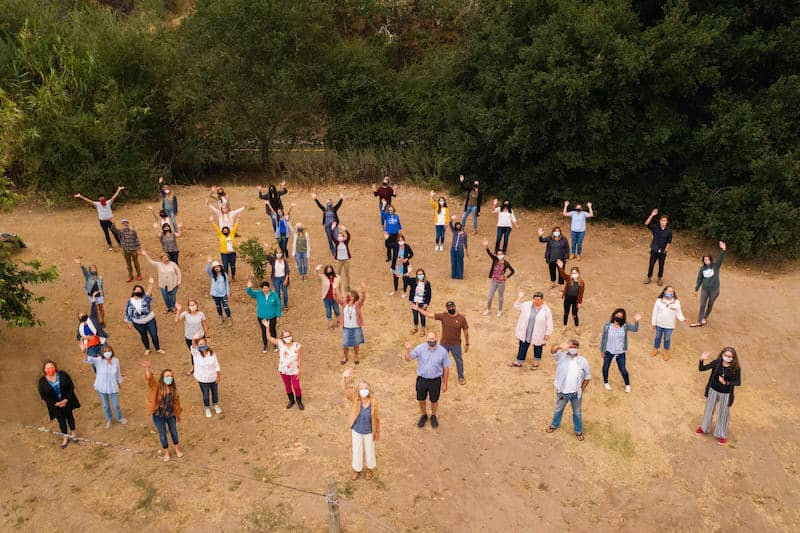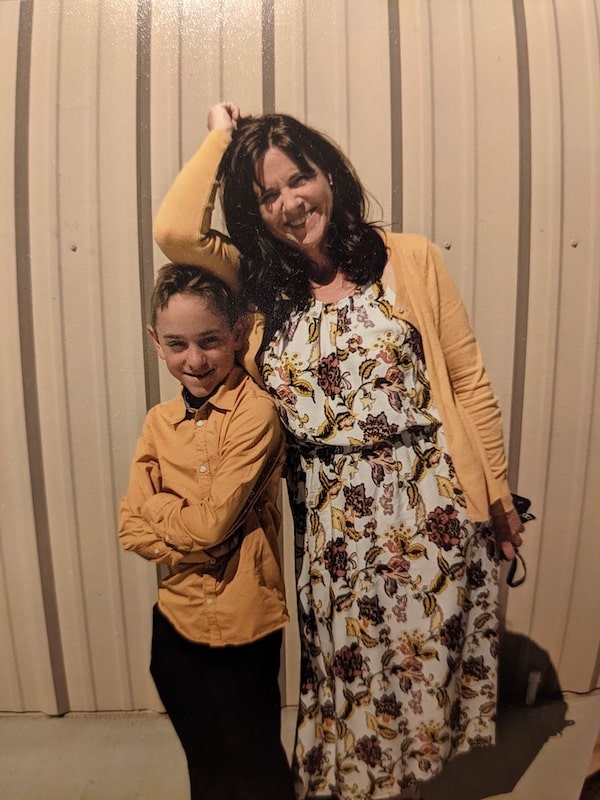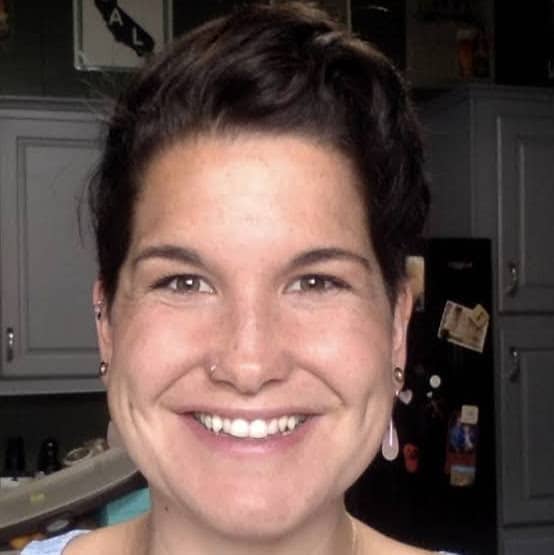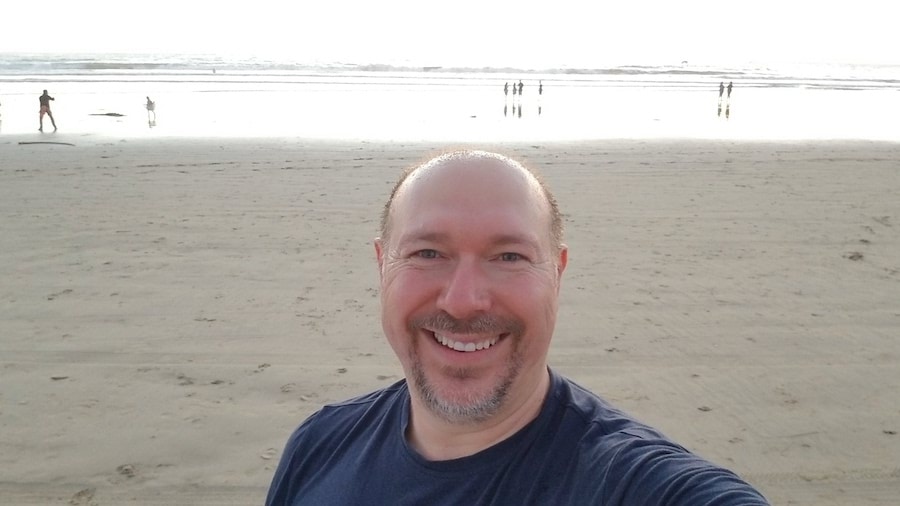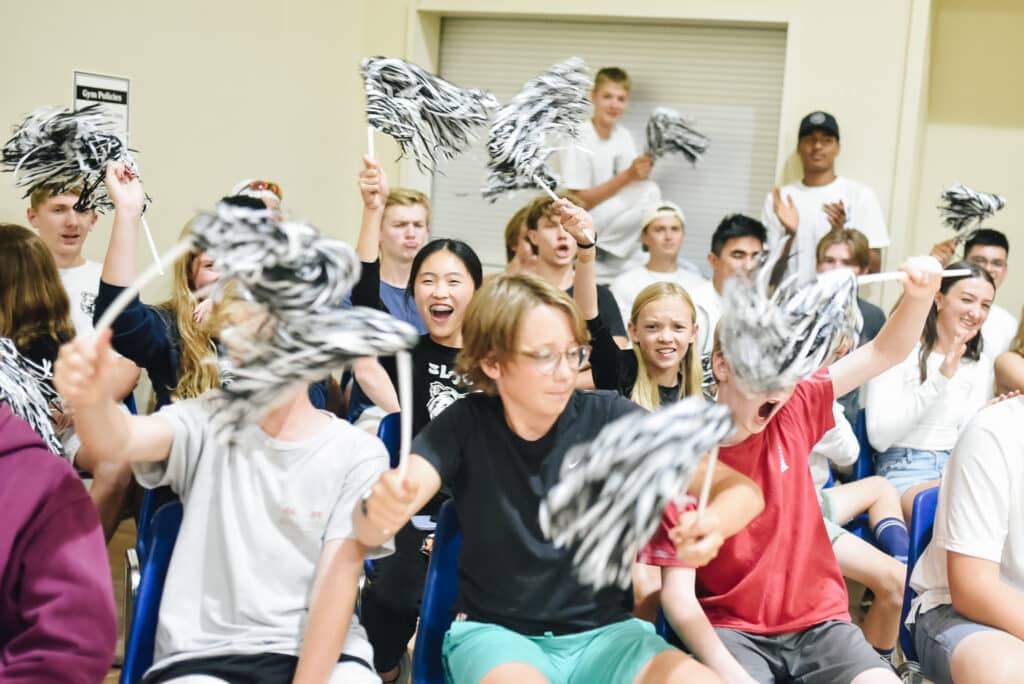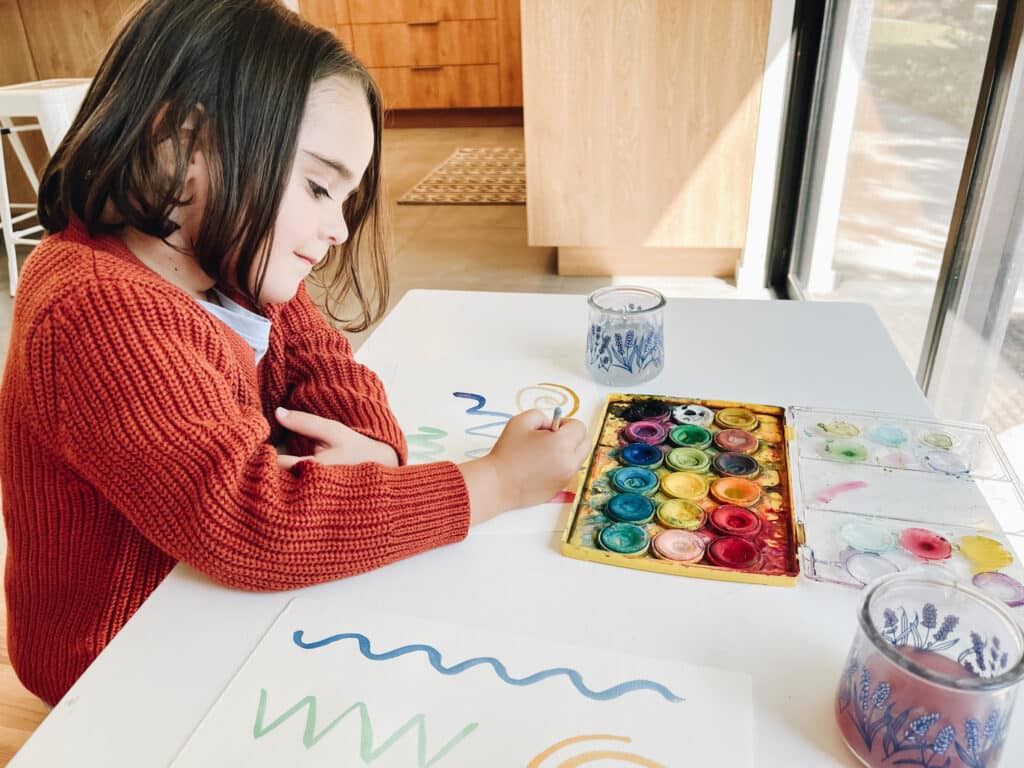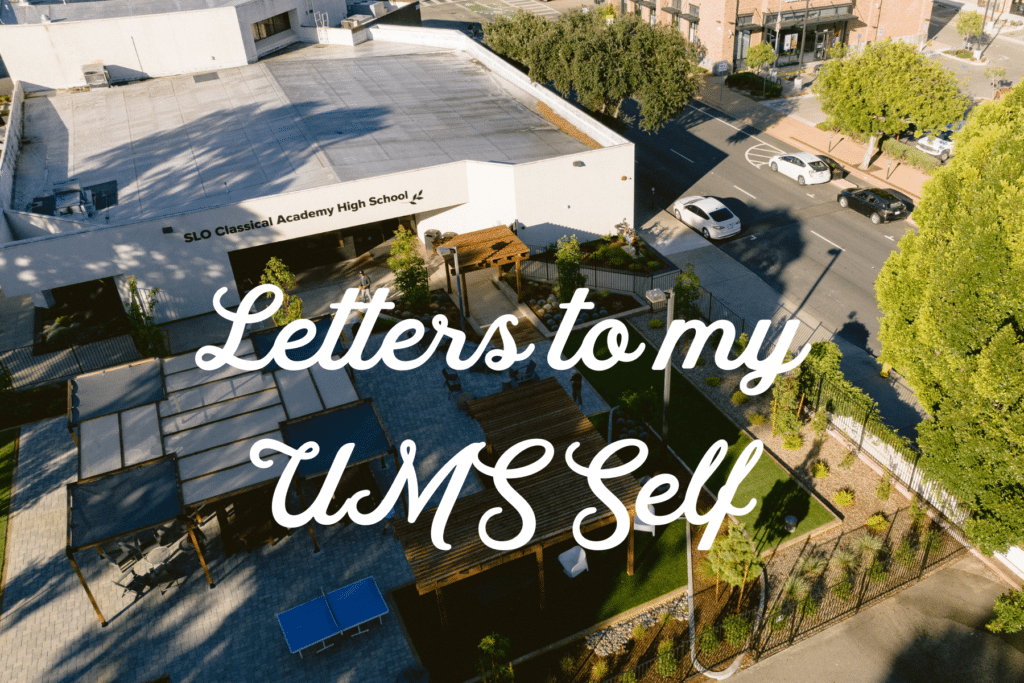We made it to Friday. What a week! Well, we have another Friday Faces: Book Club for you. Take some time to unwind as you are introduced to this week’s book and more of our wonderful staff. Our book today is Colson Whitehead’s novel The Underground Railroad. Here’s a brief synopsis of the book:
What if the Underground Railroad was a literal train that ran undergound? Colson Whitehead translates the Underground Railroad from metaphor into an actual train that ferries fugitives northward (or further south – passengers do not know where the next stop will be). The result is a potent novel that leaves the reader with a devastating understanding of the terrible human costs of slavery. The story follows Cora, a teenage girl born into slavery on a cotton plantation in Georgia. After Cora is savagely beaten by her sadistic owner Master Terrance, who promises to punish her even more cruelly, Cora escapes with fellow slave Caesar. The events thereafter are a flight through the slave-holding South.
The Undergound Railroad’s stations are located underneath trapdoors in barns and safe houses. Despite the promise held by the prospect of flight, each stop in Cora’s journey is a glimpse into the horrors experienced by Black Americans in American history. Whitehead imaginatively incorporates into the novel’s 19th century timeline tragedies which happened in the twentieth century: involuntary sterilization of Black women, inhumane medical experiments such as the Tuskegee study (in which Black men carrying syphilis were secretly denied treatment in order to observe the effects of untreated syphilis in the brain, visible upon autopsy), and gynecological and birth control experiments conducted in Puerto Rico.
The Underground Railroad tells a compelling story. Yes, it contains much tragedy – the nature of the history necessitates that, but it is not devoid of hope for our Cora.
Why should someone add this book to their reading list?
- Pamela: The Underground Railroad blends historical novel with science fiction, into a new American mythic narrative. Colson Whitehead’s beautiful and simple prose is unflinching in depicting slavery’s brutality and the lasting damage it causes. A gritty protagonist with deep psychic scars, relentlessly pursued by an obsessive slave-catcher. Page-turning and soul-wrenching.
- Bre: This book can help to enlighten your perspective on racial injustice and the impact that slavery had on all the African Americans living today.
- Deena: For the content. Devoid of emotion, Colton Whitehead describes countless common occurrences in the life of Cora, a third-generation slave. Scenes that have haunted me ever since, especially being so relevant today. It is uncomfortable but necessary.
- Art: If you are ready for a book that takes historical realism and adds a twist of magic so that you are in a struggle to see with the eyes of the protagonist the ugly brutality caused by some through slavery, the kindness of others, the surprising turns of fate, the nuanced motives of some, unclear motives of others, and what it takes to persevere beyond hope in a society that is indifferent? If so, then at the end you might self-reflect anew on what it means to be human and part of humankind, the dignity of others, how kindness can help beyond what you can tell right now, and how indifference might be the same thing as hatred.
- Sharon: This book was a difficult read for me. The abundance of atrocities throughout the book often felt overwhelming as I knew that the author was not exaggerating the situations that were commonplace for so many African American men and women of this time. However, with each chapter I found myself hoping alongside Cora, longing to meet characters that represented the decent humans that lived during this time. This book is eye-opening and necessary as we all too often forget the darkness of our country’s history.
- Isaac: It is a beautifully written and thought-provoking piece of literature.
She never got Royal to tell her about the men and women who made the underground railroad. The ones who excavated a million tons of rock and dirt, toiled in the belly of the earth for the deliverance of slaves like her. Who stood with all those other souls who took runaways into their homes, fed them, carried them north on their backs, died for them. The station masters and conductors and sympathizers. Who are you after you finish something this magnificent– in constructing it you have also journeyed through it, to the other side. On one end there was who you were before you went underground, and on the other end a new person steps out into the light. The up-top world must be so ordinary compared to the miracle beneath, the miracle you made with your sweat and blood. The secret triumph you keep in your heart.
— The Underground Railroad by Colson Whitehead
How did this book impact you?
- Pamela: Reading Colton Whitehead’s vivid portrayal of the lasting damage caused by slavey through three generations of women brought home to me the exponential trauma slavery inflicted in America.
- Bre: The biggest thing I took away is that I will never truly know what it was like for people who were enslaved. The best thing we can do is continue educating ourselves on how to not be complacent in our efforts to change racial injustice.
- Deena: Cora’s unfaltering determination to reach freedom at any cost, left me believing that even in the darkest of places hope can reside.
- Art: How many times today did you not treat another person as human? I don’t mean you are a slave owner or a high ranking officer that sent people off to the Gulags. I mean the cashier was only there for your use as you bought “things” you wanted to buy. The mailman is only worth it to you because he/she brings the mail. Yeah, you could tell that YouTube video was only produced to make fun of “that” person. That customer, he is just another dollar. “Those people?” Well, that’s their problem, right? And today we are still suffering with the same base problem they had in the plantation – how do I see the person next to me, interacting with me, as a person worth my time and my good. Essentially, how do I see them as human?
- Sharon: I now want to learn even more about the Underground Railroad and the brave people who were a part of it. I am excited to study it in history with my kids this year and be able to (age-appropriately) share with them what I learned from this book.
- Isaac: This book was an emotionally exhausting and riveting runaway slave story. The Underground Railroad was an eye-opening experience, I would highly encourage others to read it.
What is your go-to reading spot?
- Pamela: I read Latin at my desk, so I can consult several books at once! Novels I read sitting up in bed, with pillows behind me, and another pillow on my lap to hold the book. And always a pencil in my hand, to make notes in the margins!
- Bre: The park or the beach.
- Deena: My pallet bed swing in the back yard. A gift from my children. It’s a place where books are read and hearts shared. Sunlight by day and lights by night, it fills me with joy!!!
- Art: At the kitchen table, early in the morning before the kids are up and the morning sun is streaming through the window. Everything is quiet. I can read and reflect.
- Sharon: Usually, my bed. If I am lucky I can get in a few pages before my head begins to nod. When my schedule allows, I love to take a book to our backyard and lie on our kids’ trampoline, soaking up the sun.
- Isaac: I enjoy biking out into one of our open spaces here in SLO county and finding a nice quiet space in nature to relax and read. Removing myself from distractions in town really helps me immerse myself in whatever I’m reading.
If you could eat only 3 foods for the rest of your life, what would they be?
- Pamela: I could live happily on nectarines, dark chocolate, and salmon.
- Bre: Peanut butter, tacos, and pasta.
- Deena: 1. Salads (Miso salmon if just one) 2. Chicken 3. Chocolate
- Art: Pizza, chocolate chip cookies with walnuts, and anything my wife makes. Not in any order and especially no limited quantity.
- Sharon: Peanut butter, fruit (if I have to pick one fruit, I’d say cherries), and chocolate (or bread – I can’t decide).
- Isaac: Sushi, curry, and burritos. This is pretty much my current diet already!
Thank you again to our wonderful staff for participating in this week’s Friday Faces: Book Club.
We hope you have been inspired to expand your reading horizons. Share with us what’s on your nightstand these days?




